Say Hello!
Sign In
- Trekking Tips
Dos and Don'ts of trekking with children
There are two kinds of families. One that will go on a movie outing to a PVR, and one that would pick up their backpacks and boots and got out to explore nature.
If you hail from the latter family, then you also understand that trekking/camping/hiking with kids is not the easiest thing to do. It's not like taking the kids to a playground and keeping an eye on them, ensuring they safely slide down the slide are enjoying their see-saw rides.
Trekking is a rougher sport for kids, and you have the responsibility to make sure they make the best of time and learn everything there is to learn about the natural way of living.
Kids are also of two types; one type is normal/timid and the other type is hyperactive. Hyperactive kids can be a cause of worry for many parents, but studies suggest that kids have much more energy and oxygen retention capacity than adults. They would simply run off and you won?t be able to catch up with them, the best way to deal with hyperactive kids is to keep them busy. Keep giving them tasks and talking continually to them, question them about things that will generate curiosity and a sense of adventure in them.
Timid kids are a problem too, they are the least interested in an outing such as this and so, this becomes more of a punishment for them, if the timid category is in its teens, then they make sure you know that you've single-handedly destroyed their lives by bringing them on this trek. Let them sulk for a while, the beauty will enlighten their souls anyway!
These are mind problems that can be tackled on the spot, but some problems if they occur, need prior preparation.
Here are some of the Do?s and Don?ts when you bring kids for trekking:
Let them pack their own bags:
Since you are giving them a chance to explore the mighty mountains and the unknown wild, let them have the taste of survival in advance. Under your supervision help them pack their own backpacks. That way the child will remember what stuff he/she is carrying and when the time comes to use it. It will also create excitement in the child, for all those adventure comics and novels are about to come alive.
Let them hold Backpacks:
The child should also have the freedom to hold his/her own supplies and gear, it?s a tough terrain and it demands you to be more than the person you think you are, let children get a tang of this adrenalin. But make sure they are carrying only as much as they can carry. 35-40 liter backpack should be enough for tweens and teens.
Carry extra food for kids:
Have an option of healthy foods like nuts, berries, protein bars, fruits, and sandwiches chocolates are also helpful in keeping the body warm. The idea is low sugar with optimum energy.
Bug Spray:
The last thing a child wants is getting an arm filled with bug bites, so for a mosquito-free night in the tent keep a bug spray not just for kids but adults as well.
Personal First Aid Kit:
Children should be given an individual first aid kit so that they are independent to take care of themselves and if the situation demands, take care of other fellow trekkers. It will give them a sense of maturity and the taste of the realness of the situation.
Gear to carry:
Ensure that the child has a sun cap, shades, and a whistle in case he/she gets separated from the group, also a headlight is always recommended for night safety.
Miscellaneous gear:
It would be great if the child can carry an extra pair of socks, a fleece jacket. Poncho or a backpack raincoat so that the gear and clothes are protected.
Put a full stop on layers of clothes:
Parents are always worried about their kids getting a cold and you want your kids to be protected against everything nature throws down on you, but they don?t have to wear 5 different layers for that. Remember the sun shines bright in high altitudes, so as long as the child?s skin is covered and not exposed to the sun, at most 3 layers of clothes are enough, at least when in motion. Lesser clothes will also give them space to move around more freely and be less fidgety.
Control your pace:
The chances of the child overtaking you in a trek are more but still, control a steady pace which is comfortable for children and adults alike, this way you will save energy and cover more distance with fewer breaks.
Don?t Forget to Stretch:
Stretching is important as it will relax the kid's muscles and with time it will be easier for them to walk without taking breaks, their body will adapt to the terrain and the fact that this journey is on foot.
How many stops should you take?
Because this trek is about nature and mostly your children, the whole trek needs to be planned n according to them, so taking breaks is important for both adults and kids. Taking breaks every 30 minutes to catch your breath and seeping in the natural beauty around would be ideal, but taking a break every 15 minutes is recommended for children who are struggling with this adventure.
It is your duty to understand when the child is getting tired or needs rest. Keep an eye on their signs, are the drooping and showing specks of lethargy when they walk, have they stopped making witty comments, have they started complaining about little things, that is your cue to unbuckle and take a rest.
Hire a Porter:
The whole point of trekking is walking on your own two feet, but if your child is a toddler or someone who needs attention you can hire a porter, they will ensure that the child doesn?t run off and keep the child interested and involved. There may be a language barrier, but neither the child nor the porter mind.
Choose Trekking Trips Carefully
When you choose a trek that your child will be able to handle, three factors need to be looked into, Age, Child?s Fitness and agility.
Finally, some treks which you can venture out with your kids
- Hampta Pass Trek: (Himachal Pradesh)
- Kareri Lake Trek: (Himachal Pradesh)
- Har Ki Dun Valley: (Uttrakhand)
This trek is considered the best in Himachal Pradesh it is easy, of short duration and best for families.
Altitude: 13,999 ft
Difficulty level: easy to moderate
Starting point: Manali
It?s a mild trek for all age groups. The trek is covered with Dhailadhar Range and makes the whole journey magnanimous and mesmerizing. There will be a variety of flora and fauna to discover. Villages are sprawled across the trek and you get an opportunity to get to experience it first-hand.
Altitude: 9,760ft
Difficulty Level: Easy
Starting Point: Dharamshala
This trek is preferred in summers and winters both and lies in the Western Part of Himalayas. You will find glacier basins, alpine forests, and local villages all through the trek, keeping the scenic beauty alive and keeping you engaged.
Altitude: 11,699ft
Difficulty Level: Easy to Moderate
Starting point: Sankri

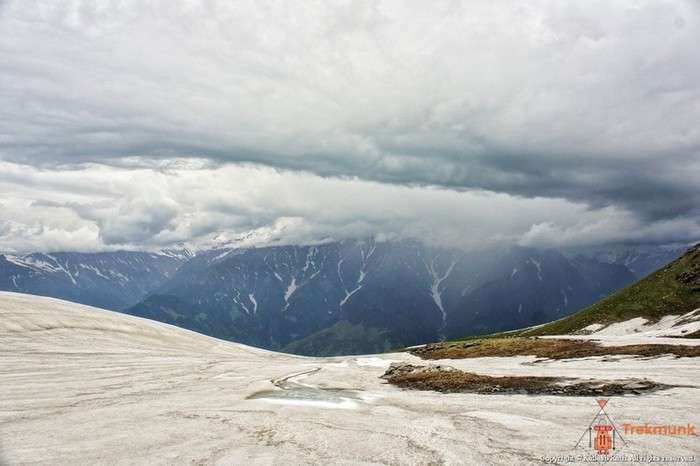
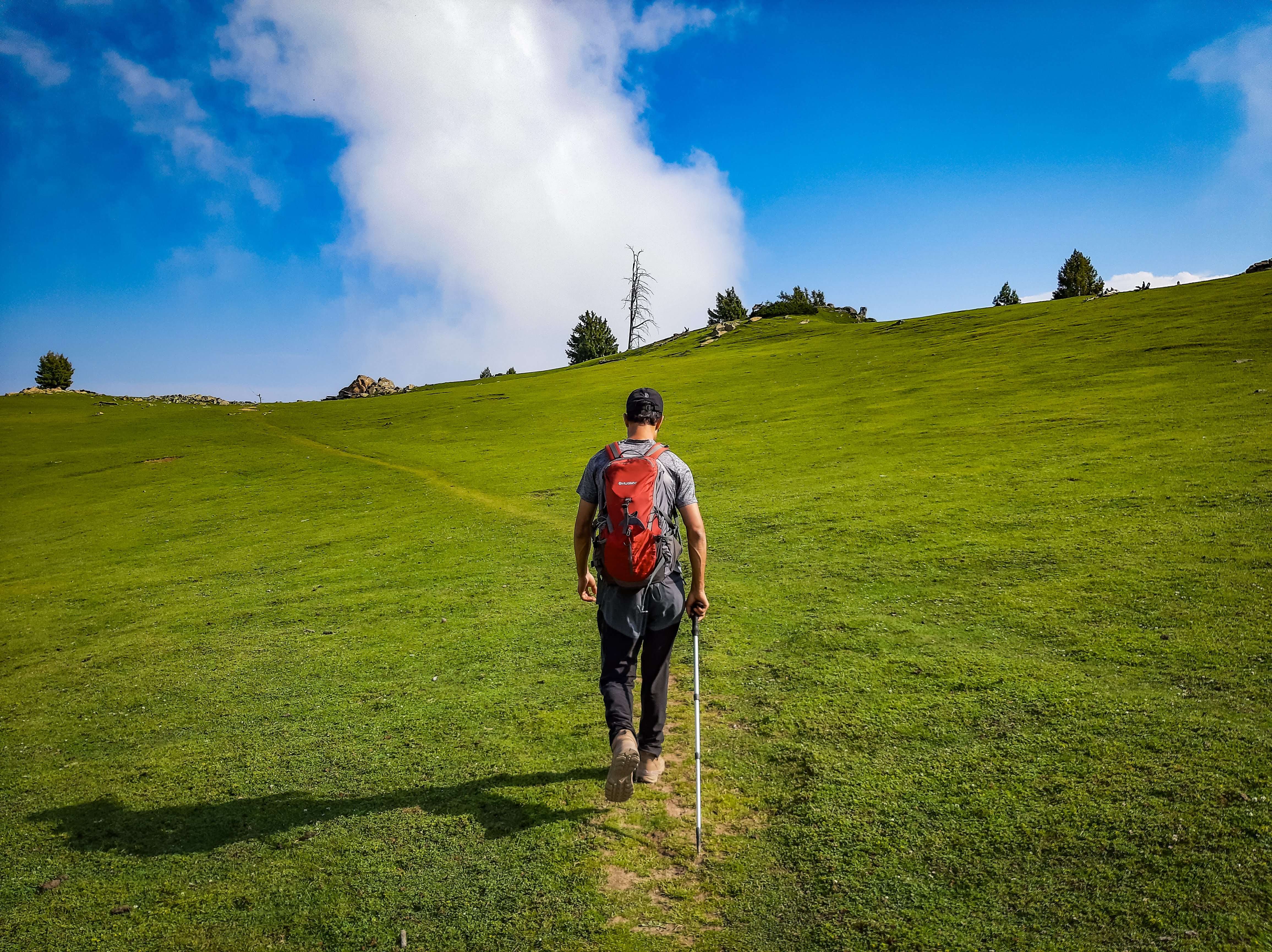
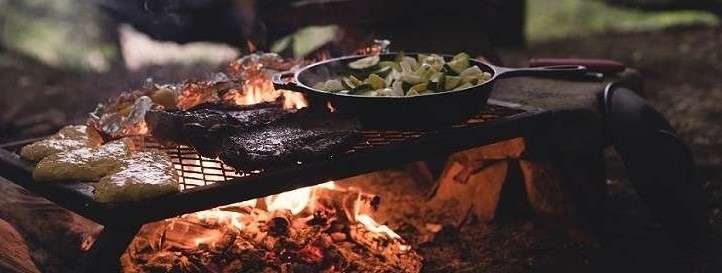
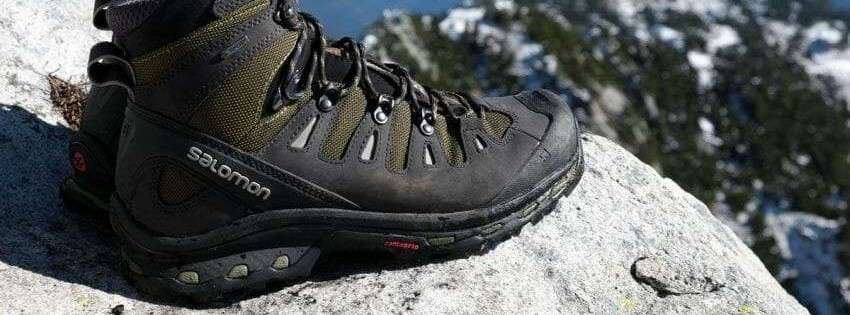
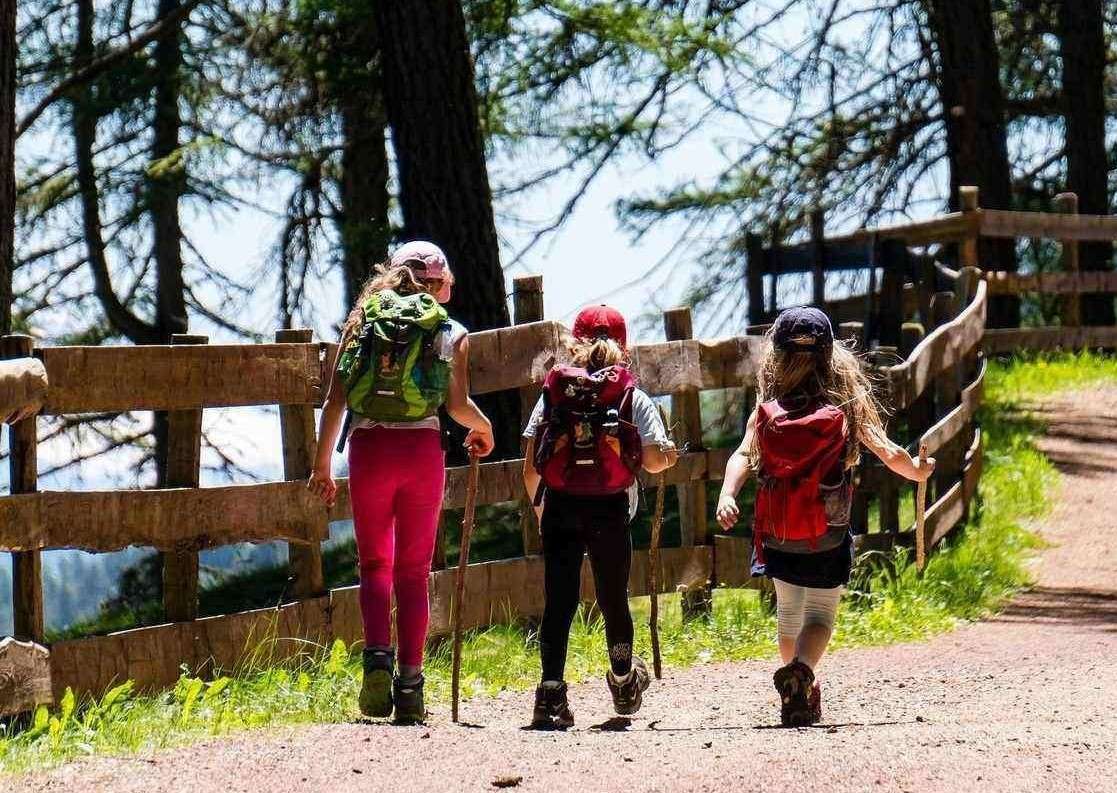
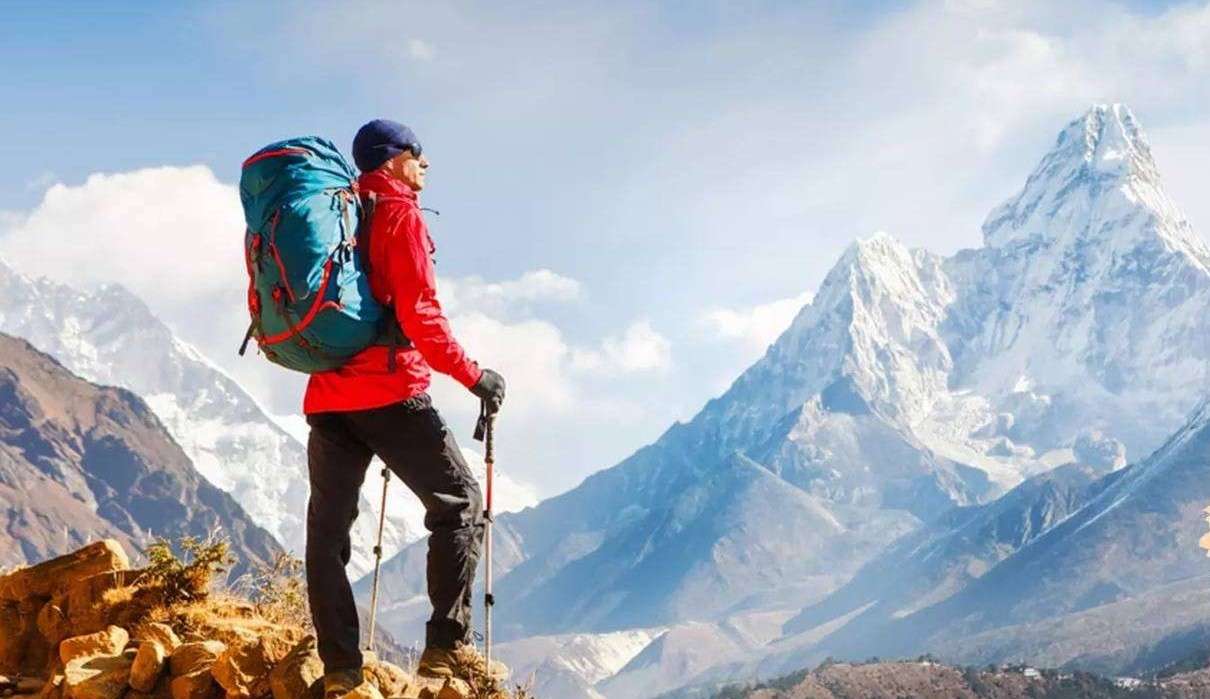
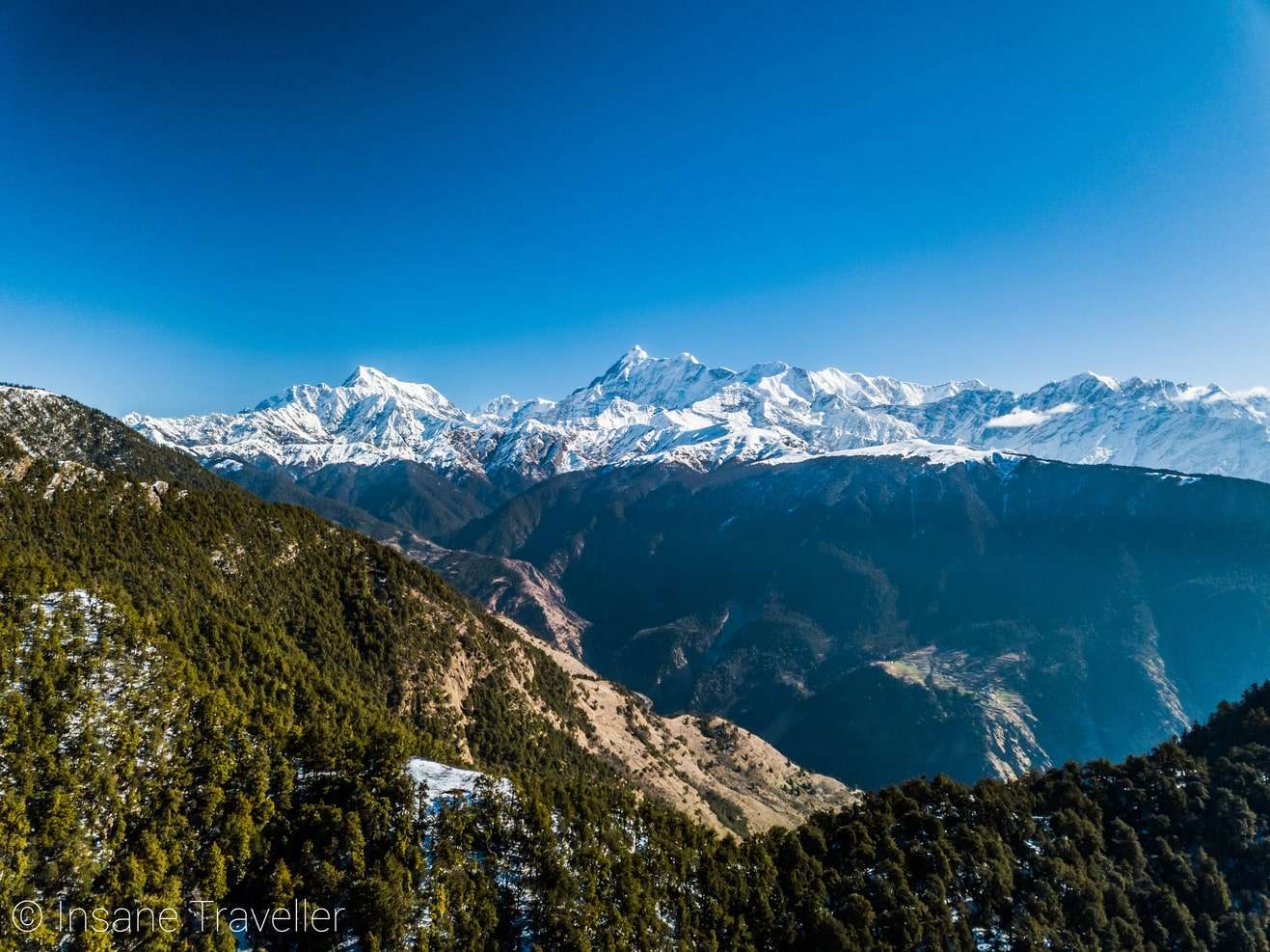
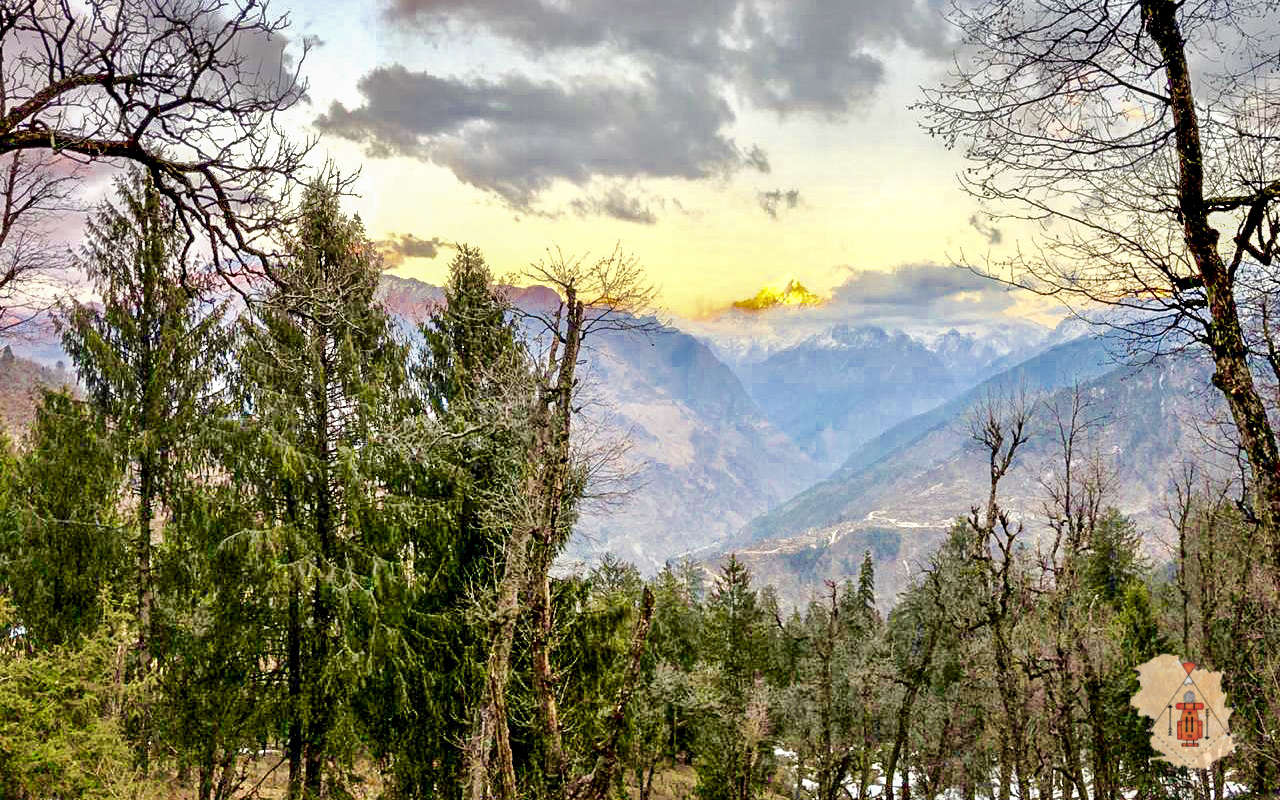

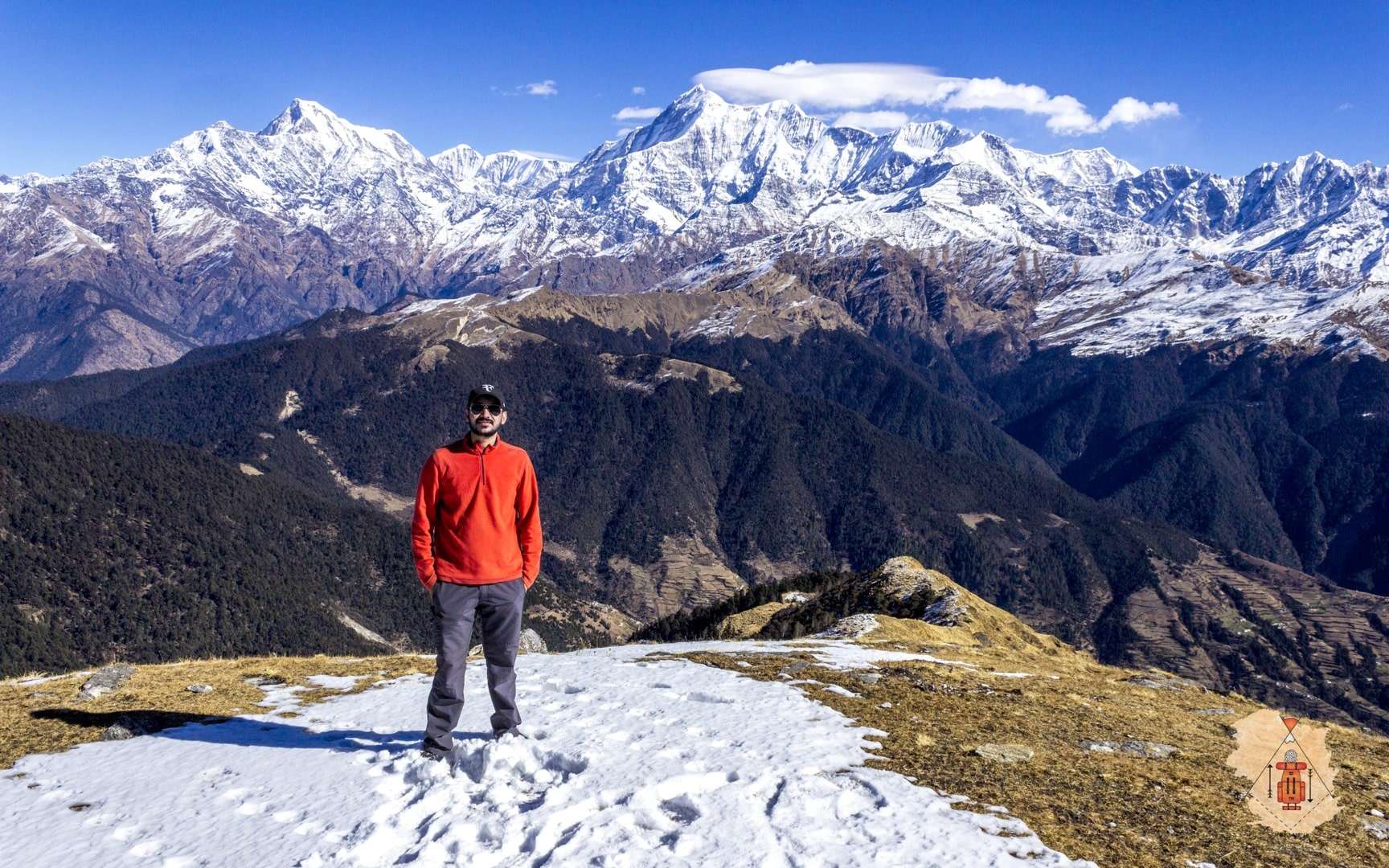

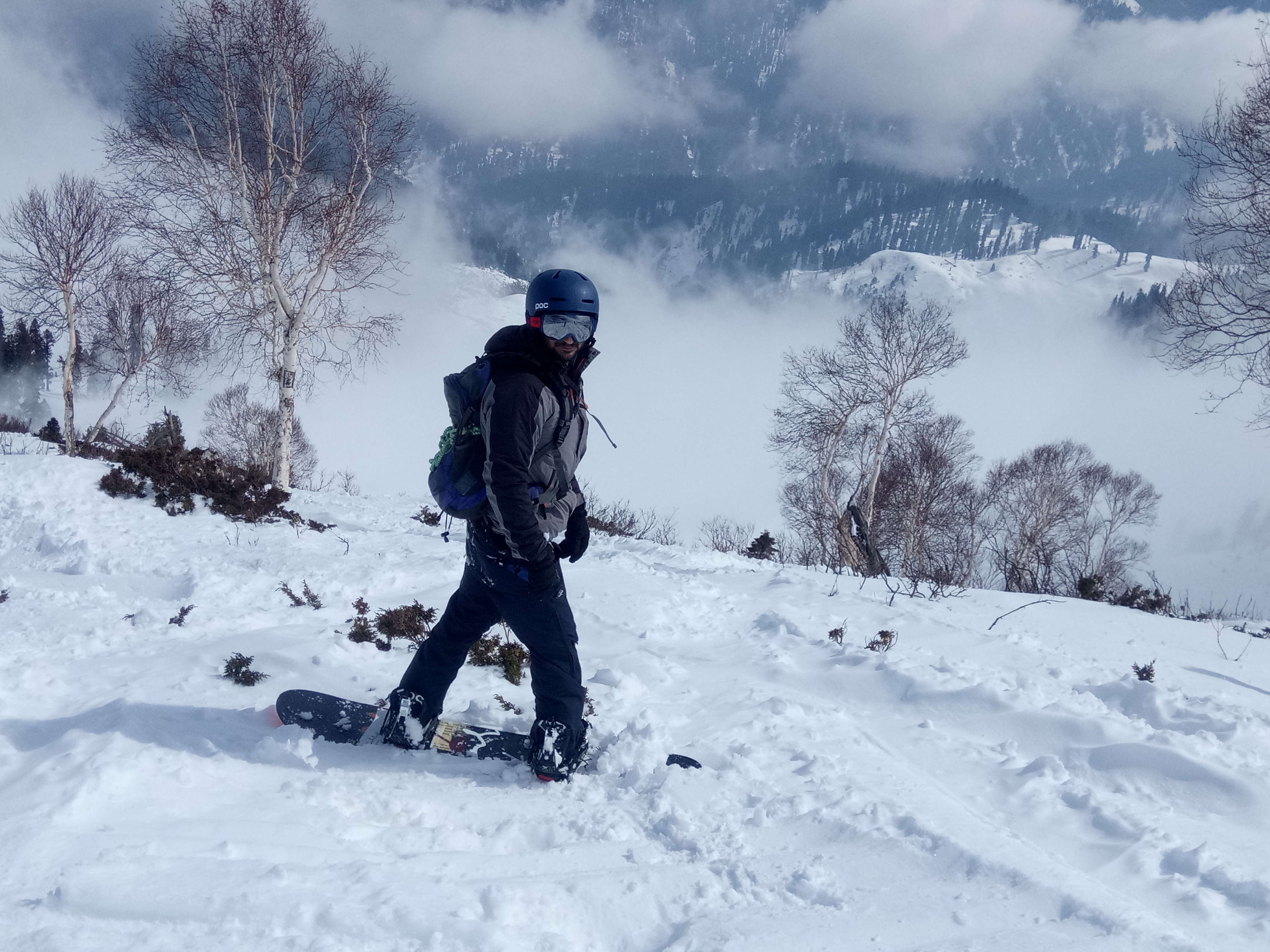
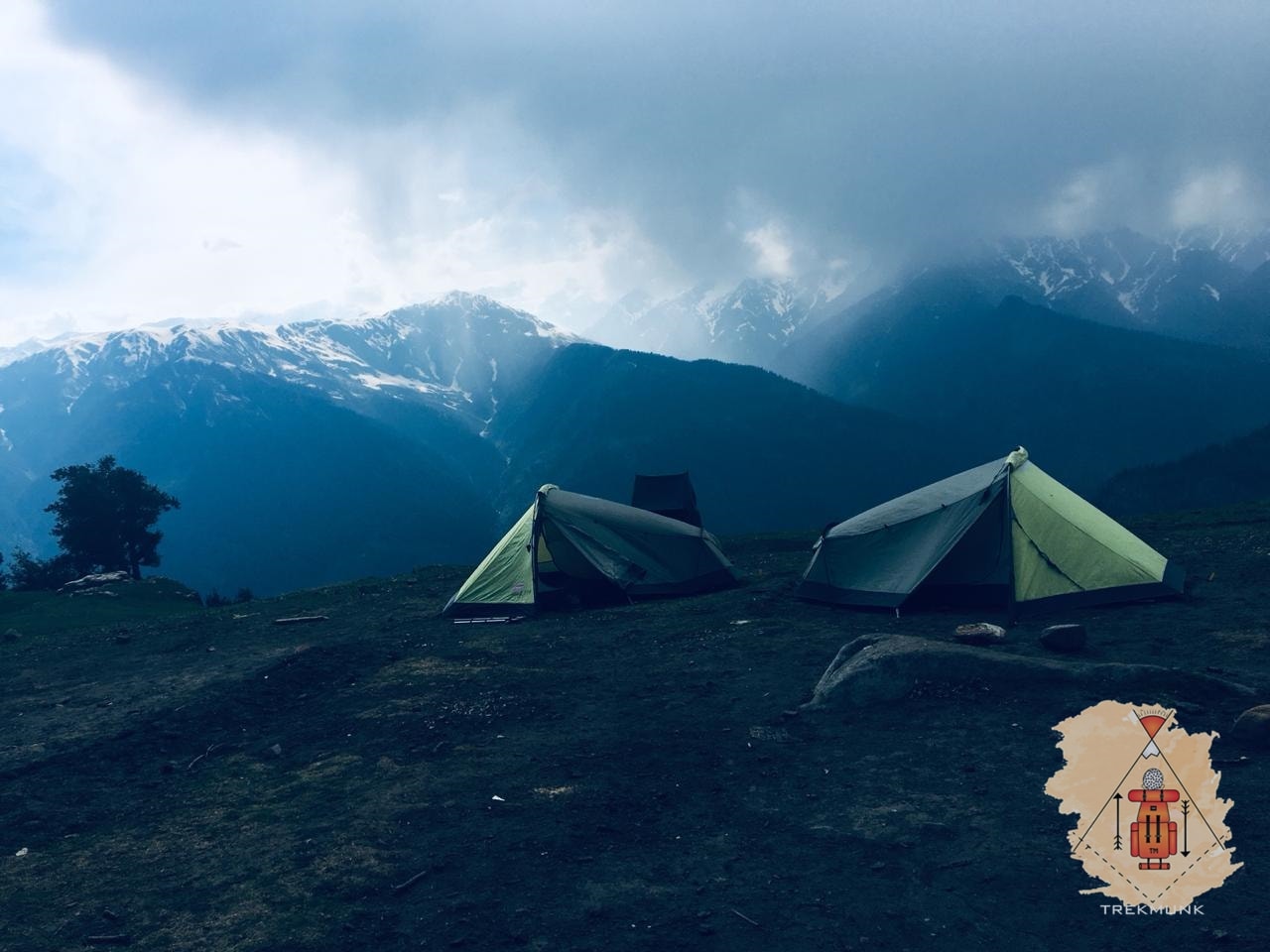
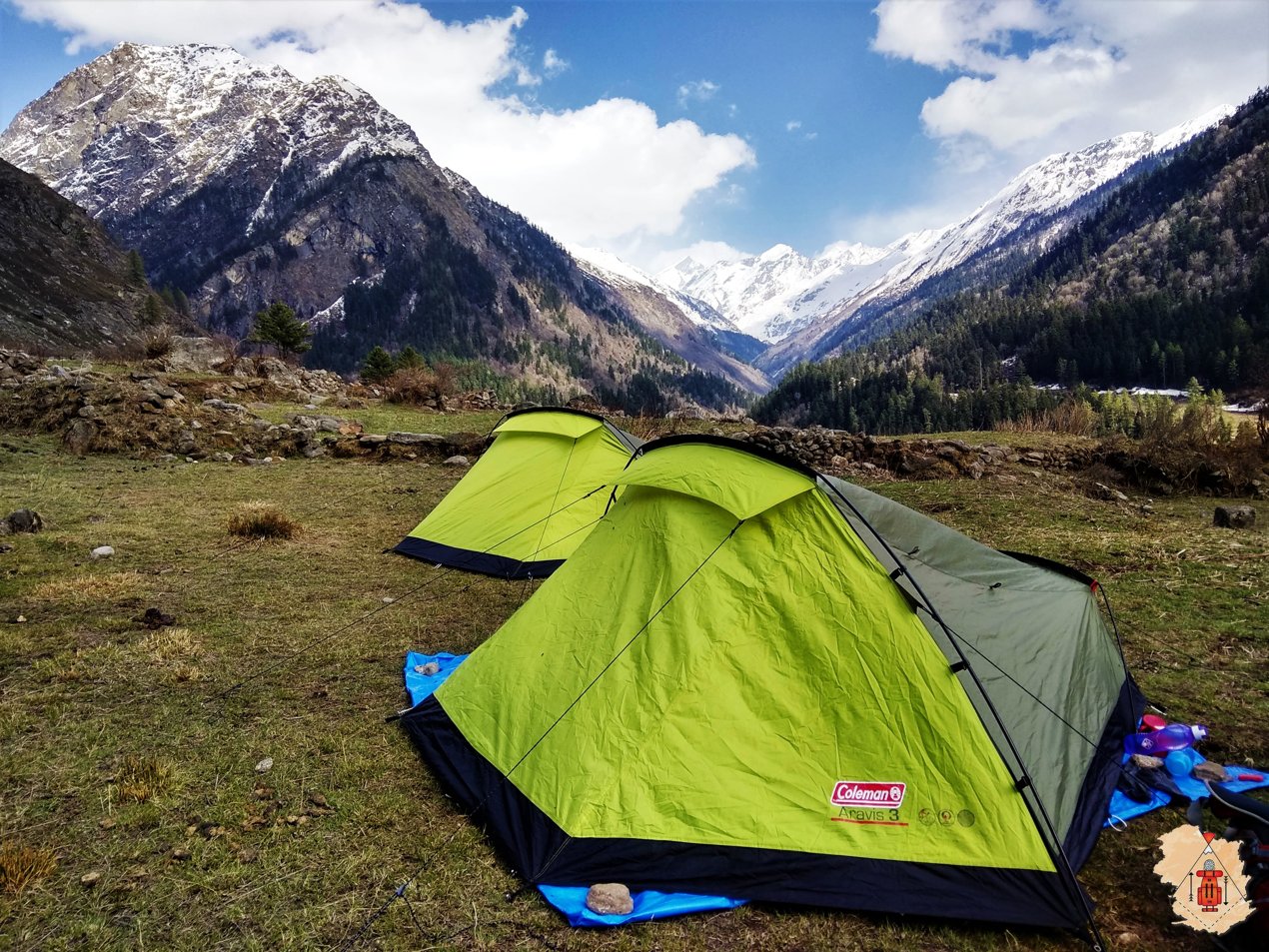
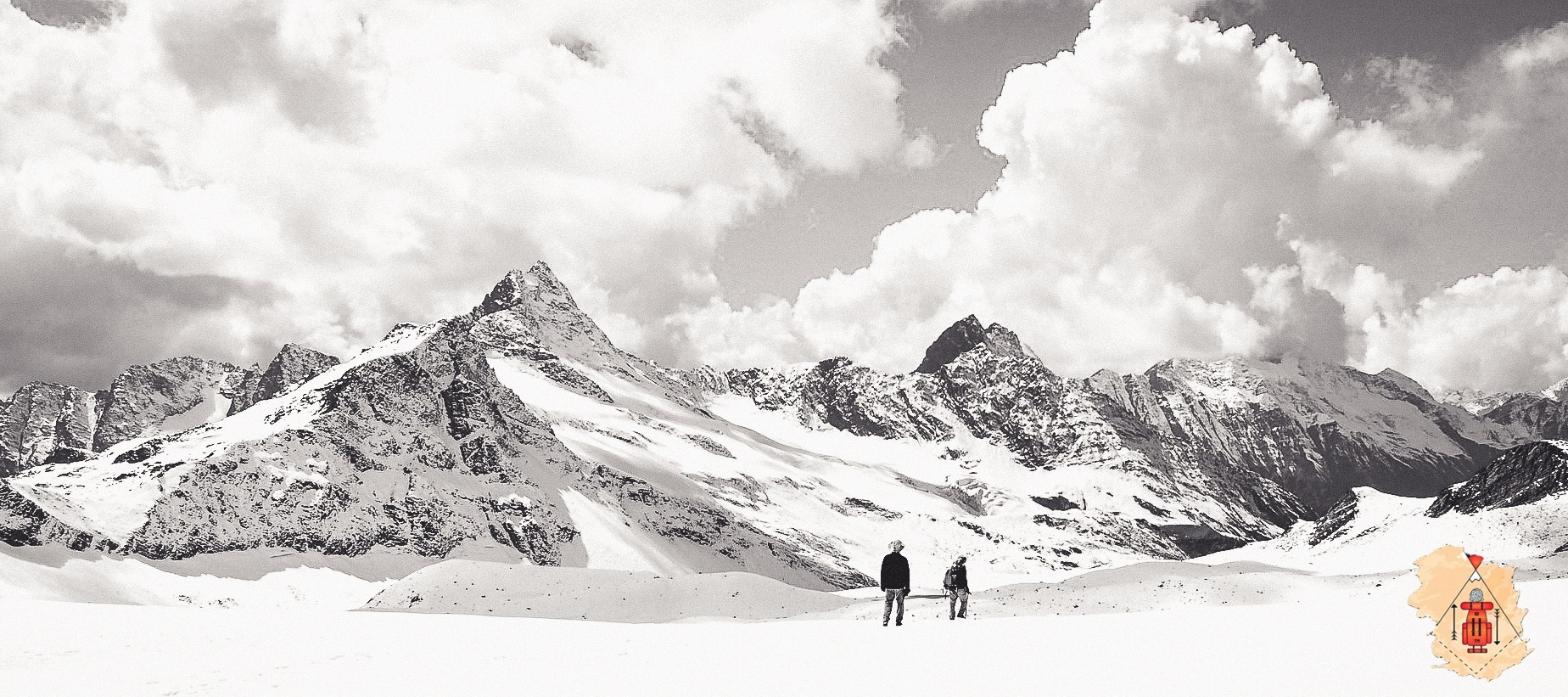
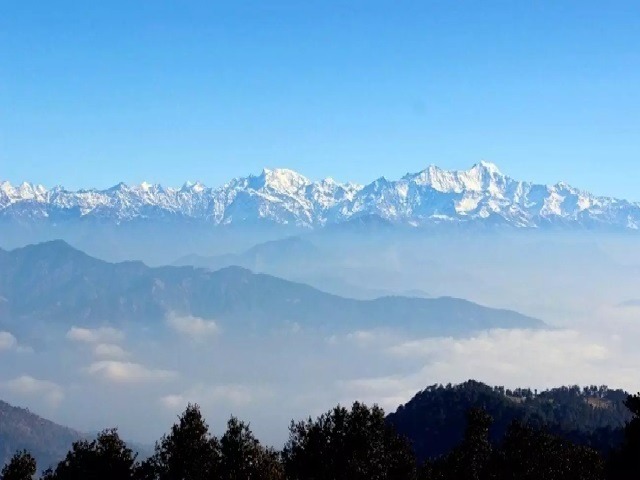
Harshit Patel : Co-Founder at Trekmunk. A certified Mountaineer, Skiier, has led more than 50 high altitude treks in the Indian Himalayas. He is an Engineer by profession but a traveler by passion. He has led treks in Kashmir, Ladakh, Uttarakhand, Himachal Pradesh, West Bengal, Sikkim and Nepal. He is a NOLS certified First Aid Responder and has covered 185,000+ km on Motorcycle. A Poet, Drone Pilot and Videographer at Insane Traveller Productions.